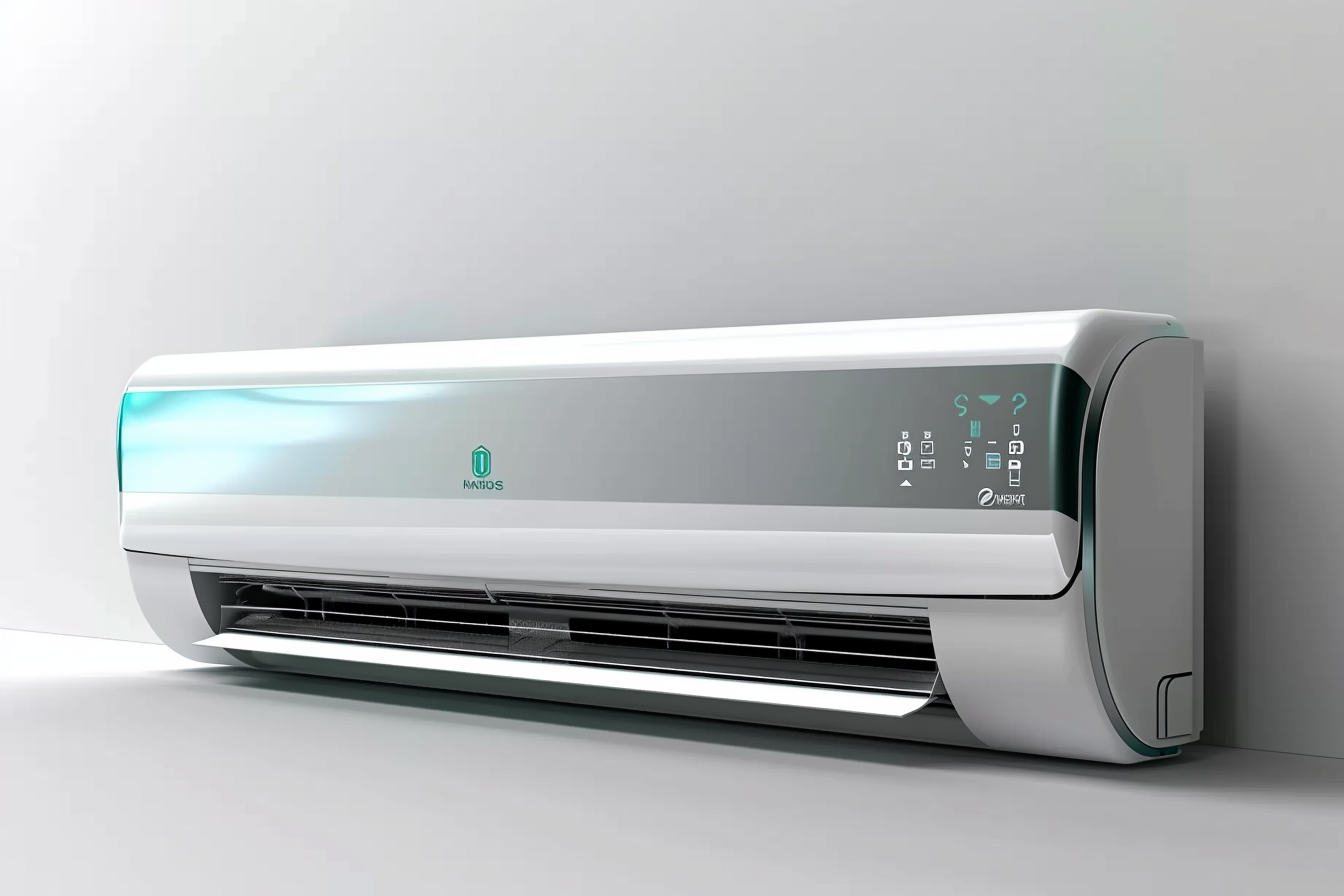Mastering Indoor Climate: The Power of Air Conditioning
Discover the intricate world of air conditioning and its pivotal role in creating optimal indoor environments. From cutting-edge technology to energy-efficient solutions, explore how modern AC systems regulate temperature, humidity, and air quality. Uncover the secrets behind various AC types, HVAC integration, and smart climate control for ultimate comfort in any space.

Air conditioning has revolutionized the way we experience indoor spaces, transforming uncomfortable environments into havens of comfort. This sophisticated technology goes far beyond simply cooling the air; it’s a comprehensive approach to creating and maintaining ideal indoor climates. Let’s delve into the fascinating world of air conditioning and explore its components, types, and impact on our daily lives.
The Heart of Cooling: Understanding AC Components
At the core of every air conditioning system lies a set of crucial components working in harmony:
-
Evaporator: This indoor unit absorbs heat from the surrounding air, initiating the cooling process.
-
Compressor: Often called the system’s heart, the compressor pressurizes refrigerant, elevating its temperature and converting it to a hot gas.
-
Condenser: Situated outside, this component releases captured heat into the outdoor environment.
-
Expansion Valve: This device regulates refrigerant flow, allowing it to expand and cool before re-entering the evaporator.
This continuous cycle efficiently removes indoor heat, expelling it outside and creating a cooler interior environment.
Tailored Cooling Solutions: Exploring AC Types
Air conditioning systems come in various forms, each designed to meet specific needs:
-
Central Air Systems: Ideal for whole-home or large commercial cooling, these use ductwork to distribute cool air throughout the building.
-
Window Units: Compact and self-contained, these are perfect for cooling single rooms and fit into window openings.
-
Split Systems: Featuring an outdoor compressor and indoor air handlers, these offer flexible multi-room cooling without extensive ductwork.
-
Portable AC Units: These freestanding devices provide on-the-go cooling wherever needed.
-
Ductless Mini-Splits: Excellent for older buildings or zone-specific cooling, these systems don’t require ductwork.
Each type offers unique advantages, catering to diverse spaces, budgets, and cooling requirements.
HVAC: The Comprehensive Approach to Indoor Comfort
While air conditioning focuses primarily on cooling, HVAC (Heating, Ventilation, and Air Conditioning) systems offer a holistic solution for indoor climate control:
-
Year-round Temperature Regulation: Maintains comfort through both heating and cooling.
-
Air Purification: Removes pollutants, allergens, and excess humidity for cleaner, healthier air.
-
Fresh Air Circulation: Prevents stuffiness and eliminates odors through proper ventilation.
-
Energy Optimization: Modern systems are designed for maximum efficiency, reducing costs and environmental impact.
By integrating these functions, HVAC creates a comprehensive approach to indoor comfort and well-being.
The Crucial Role of the Compressor
The compressor is vital to an AC system’s functionality:
-
Refrigerant Pressurization: Increases refrigerant pressure, raising its temperature and converting it to hot gas.
-
Continuous Circulation: Keeps refrigerant moving through the system for efficient heat transfer.
-
Energy Conversion: Transforms electrical energy into mechanical energy, powering the cooling process.
-
Temperature Control: Helps maintain desired indoor temperatures by regulating refrigerant flow.
Regular maintenance of this critical component ensures optimal system performance and longevity.
Choosing the Right AC System: Key Considerations
Selecting an appropriate air conditioning system involves evaluating several factors:
-
Space Dimensions: Cooling capacity should match the area to be conditioned.
-
Energy Efficiency: Look for high SEER (Seasonal Energy Efficiency Ratio) ratings to minimize energy consumption and costs.
-
Installation Requirements: Consider available space for both indoor and outdoor units, as well as any necessary ductwork.
-
Local Climate: Regional weather patterns can influence the ideal system type and size.
-
Budget Constraints: Balance initial costs with long-term energy savings and maintenance expenses.
-
Additional Features: Some systems offer advanced filtration, smart controls, or zoned cooling options.
Careful consideration of these factors ensures the selection of an AC system that provides optimal comfort and efficiency for your specific needs.
The Future of Indoor Comfort
As technology advances, air conditioning continues to evolve. Smart AC systems now offer remote control, learning capabilities, and integration with home automation platforms. Energy-efficient designs and eco-friendly refrigerants are reducing the environmental impact of cooling. With ongoing innovations, the future promises even more sophisticated, sustainable, and personalized indoor climate control solutions.
In conclusion, air conditioning has become an indispensable part of modern life, enabling us to create comfortable indoor environments regardless of external conditions. From basic cooling to comprehensive climate management, today’s AC systems offer a wide range of options to suit various needs and spaces. By understanding the principles behind air conditioning and the factors that influence system selection, you can make informed decisions to ensure a comfortable, efficient, and healthy indoor environment.






